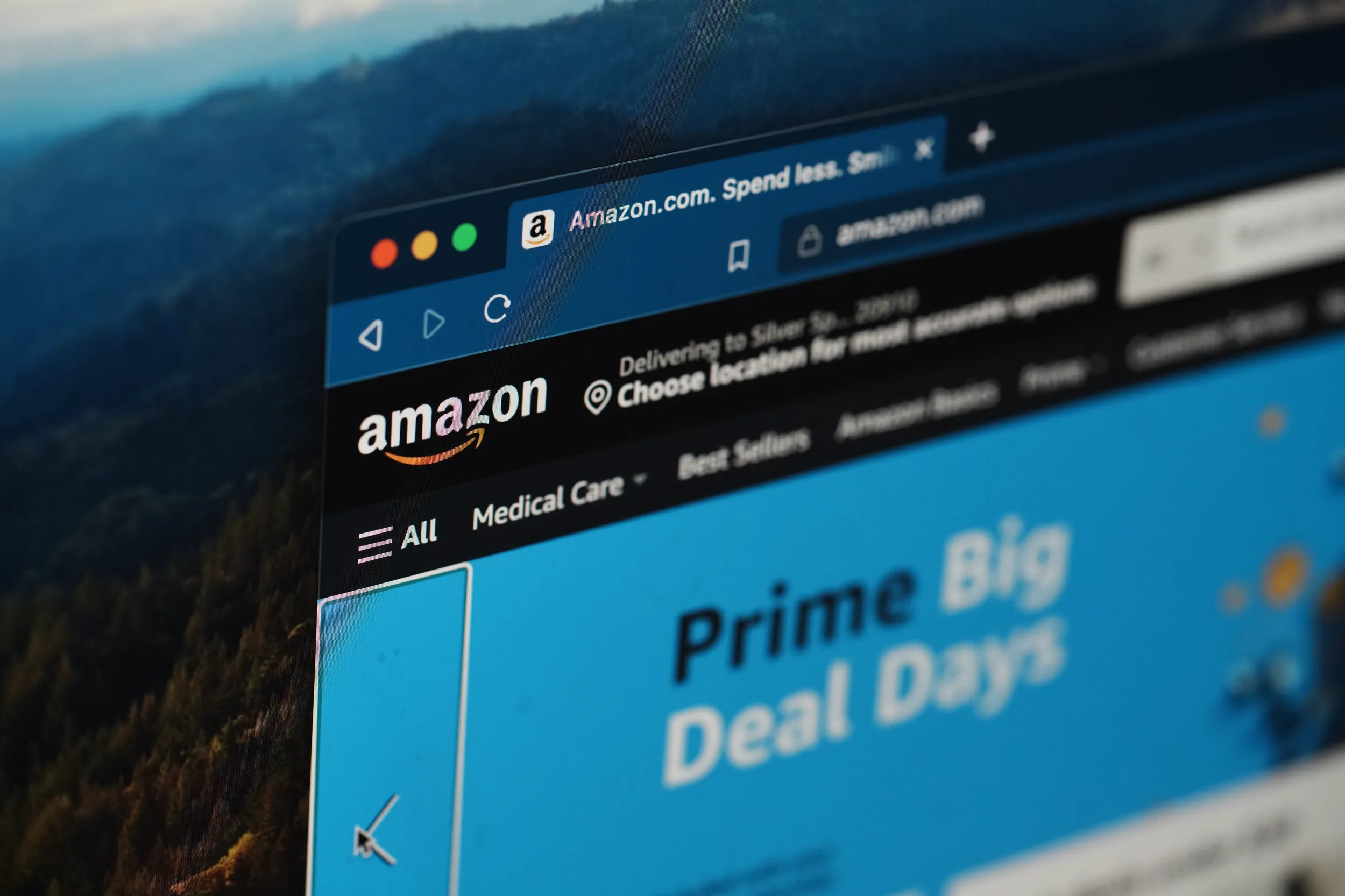FTC Hearing #10: Competition and Consumer Protection Issues in U.S. Broadband Markets
The tenth FTC hearing on Competition and Consumer Protection in the 21st Century took place on Wednesday. The hearing featured panels addressing a range of issues, such as speed advertising claims, the FTC’s Section 5 authority, and evolving broadband markets and technological developments. Additionally, net neutrality – which became a major topic of conversation in 2017 when the Federal Communications Commission (FCC) reclassified broadband Internet access service (BIAS) and effectively handed over oversight of this critically important sector to the FTC – featured prominently.
Presentations
The hearing began with two presentations from Kimberly Claffy, Founder and Director of the Center for Applied Internet Data Analysis (CAIDA), and Nick Feamster, Professor of the Department of Computer Science at Princeton University. Claffy’s presentation focused on technological developments in broadband networking while Feamster’s addressed technological developments in broadband markets.
Claffy explained the steady move to bring content closer to the consumer with developments in nodes, growing content consolidation, and increasing complexity of interconnection across platform layers with Internet service providers (ISPs), content delivery networks (CDNs), and cloud service providers all converging and overlapping.
Feamster’s presentation outlined a semi-contradictory space where thousands of dynamic autonomous networks need to cooperate to achieve global connectivity yet also still compete against each other. He outlined two significant ongoing developments: first, traffic (of which video dominates) volumes are growing; and second, the methods of delivering traffic are evolving – Internet traffic is increasingly being delivered by CDNs and the distinction between CDNs and cloud services is shrinking.
Both Claffy and Feamster emphasized the difficulties present in broadband speed tests, the complicated, evolving nature of these markets, and the need for more technologists and economists at the FTC to bridge the gap between what we can measure in this field and what consumers care about, which in the end is their user experience.
Panel 1 – Speed Advertising Claims, Substantiation, and Section 5
On the verge of technological advances such as gigabit speeds and next generation “5G” network technologies, the first panel discussed speed advertising claims, substantiation, and the FTC’s Section 5 authority. David Clark, Senior Research Scientist at MIT’s Computer Science and Artificial Intelligence Laboratory (CSAIL), communicated the larger scope of speed advertising claims and addressed concerns regarding speed measurement. To illustrate, as speeds increase, measurement becomes more difficult, and speeds may not continue to be the flagship measure of quality as there are multiple, often unconsidered factors that influence network speed. He closed with a few questions for consideration:
- Are gigabit speeds important today, and how do they relate to the user experience?
- How should market and regulatory expectations evolve as broadband access speeds increase towards gigabit speeds?
- What should the research agenda be to address the technical and policy challenges of gigabit broadband?
Feamster, returning from his earlier presentation, summarized five lessons he felt were key:
- “Speed” has many facets.
- Many measurement techniques measure different aspects of speed.
- Many factors can limit a client-based speed test.
- Faster “speed” doesn’t mean better performance.
- As speeds get faster, speed testing gets harder.
Laura Brett, Director of the National Advertising Division at the Advertising Self-Regulatory Council, emphasized the need for industry self-regulation to maintain flexibility in the market to allow for healthy levels of competition and innovation. Debra J. Ringold, Professor at Willamette University’s Atkinson Graduate School of Management, focused on the advertising aspect of advertising in the broadband market. Ringold further stated her belief that power has shifted to the consumer; as consumers are skeptical of claims made by ISPs, they often do not like or trust their ISP, and consumers are using these advertising claims to form working hypotheses to test on their services and speaking up about all of this. The last to speak on this panel was Joshua Stager, Senior Policy Counsel and Government Affairs Lead at the Open Technology Institute (OTI), who, in contrast to other panelists, emphasized that the broadband market is still deeply opaque for consumers. Stager advocated for a sort of “broadband nutrition label” that accounts for multiple metrics, speed testing included. He further argued that there is a lack of broadband competition and a carving up of the market by the largest providers in the space.
An important question raised in the Q&A for this panel was whether it is even possible to design one conclusive speed test. Panelists held a general wariness over proposing any singular test as it would have to be flexible enough to account for an evolving industry, but all agreed that improvement in testing is certainly needed.
Panel 2 – Evolving Markets and Technological Developments: Market Structure
Matthew A. Brill, Partner at Latham & Watkins LLP, spoke first on the nature of competition in the broadband market. He argued that competition in this market is healthy and positive, and costs have declined substantially. Thomas A. Whitaker, Senior Vice President at Shentel, echoed Brill’s assessment of broadband competition but additionally discussed the struggles of smaller providers. He said increased competition is evidenced by increasing investments and declining prices on a per Mbps basis, but also discussed barriers to entry like pole attachment rules, which need to be reformed in order to promote more broadband competition. Tithi Chattopadhyay, Associate Director at the Center for Information Technology Policy (CITP), spoke about consumer pricing and suggested moving away from speed testing to discussion of commercial actions.
Unlike the panelists who supported a light touch regulatory regime, John Bergmayer, Senior Counsel at Public Knowledge, discussed the importance of regulation to protect net neutrality. Bergmayer outlined fears of the lack of a regulatory structure, which would allow harmful actions, such as ISPs discriminating against certain content and favoring their own content on their own networks, as well as blocking, throttling, and paid prioritization. Debate arose between panelists on the harms Bergmayer described. Brill, who represents the cable industry, pushed back on Bergmayer’s stance, arguing that many of his fears are only potential harms and cautioned against over-regulation. Bergmayer responded by clarifying that he was not arguing there are zero costs to regulation, but, in this case, some costs are worth the trade-off. He stated that regulators’ focus should shift from the methods of discrimination to its effects on the consumer.
Panel 3 – Evolving Markets and Technological Developments: Policy Applications
Christopher S. Yoo, Professor of Law, Communication, and Computer and Information Science at the University of Pennsylvania Law School, began the panel by arguing that the practice of vertical integration is a common occurrence in the industry, claiming it could have positive or negative effects. Gigi Sohn, Distinguished Fellow at the Georgetown Law Institute for Technology Law & Policy, discussed the current status of oversight on broadband markets at the FTC and FCC. Sohn felt the FTC should still play a role in protecting consumers in the broadband market; the FTC could accept and investigate concerns from consumers and organizations but it would need more technologists on staff to conduct any proper investigations. Sohn also felt the FTC should be wary of claims that 5G or new network technologies are incompatible with net neutrality.
Berin Szóka, President and Founder of TechFreedom, disagreed with Sohn. Szóka felt that consumers would not be better protected under any new FTC rules. However, he recognized that “the FTC for the time being is the cop on the beat and we should think carefully on how it should act.” The panel agreed that jurisdiction over broadband markets is an active and necessary debate. Mitch Stoltz, a Senior Staff Attorney at the Electronic Frontier Foundation, stated he believed there is a role for the FTC, but it doesn’t reach ex ante rules. Tom Struble, Tech and Innovation Manager at R Street Institute, discussed virtual multichannel video programming distributors (vMVPDs) and multichannel video programming distributors (MVPDs) and how ISPs and CDNs are competing with these new services. Struble pointed out that there are no rules on the books for zero rating or throttling, yet cable subscriptions are consistently going down.
The discussion then moved to fair and unfair practices and how to properly measure them. Tejas N. Narechania, Assistant Professor of Law at the University of California, Berkeley, suggested implementing a standard that looks more like deceptiveness or uncompetitiveness. Yoo suggested looking at the services provided to consumers and what should or should not be there, and that there needs to be a strong, empirical base of evidence. Sohn argued there is no missing link: there have been cases showing ISPs’ incentive and ability to engage in unfair practices, and net neutrality regulation has value to stop those actions.
Additionally, the panel agreed on the good work that organizations like the Broadband Internet Technical Advisory Group (BITAG) do and proposed that the BITAG itself, or a similar group, continue to ensure the FTC is focusing on the right cases. Stoltz closed the panel, stating his belief that we are at a crossroads: first, there is a large, new desire for a fresh look on antitrust law; and second, there are concerns with the way emerging technologies are going to be deployed.
Panel 4 – Identifying Efficiencies and Remedying Competitive Harms in Broadband Markets
The last panel of the day began with a comment from Howard Shelanski, Professor of Law at Georgetown University. Shelanski stated the empirical case for ex ante regulation remains ambiguous, with a strong case for ex post rulemaking staying the norm. Michelle P. Connolly, Professor of the Practice in the Economics Department at Duke University, stressed the importance of clarification and standardization in terminology and language, due to the changing definitions of key terms like broadband, because they affect how we judge competition in the market. William Blumenthal, Partner at Sidley Austin LLP, began by suggesting that over time there will develop a common law around relevant markets in the industry. Jonathan B. Sallet, a Benton Foundation Senior Fellow, disagreed and argued for a return of the FCC’s 2015 Open Internet Order. However, Michael L. Katz, Professor Emeritus, Haas School of Business & Department of Economics, disagreed with Sallet. Katz rejected the revival of the FCC’s net neutrality approach due to his concerns of protecting certain edge providers over the health of the market. Katz further stated that while markets are more concentrated, people are getting more choice.
The remainder of the panel focused on four hypotheticals spurring discussion on when exactly the FTC should or should not take action and how it would do so.
The eleventh set of FTC hearings, on data security, will take place on March 25-26, 2019 at the FTC Headquarters. DisCo is covering these hearings as a series and our previous recaps can be found here.








